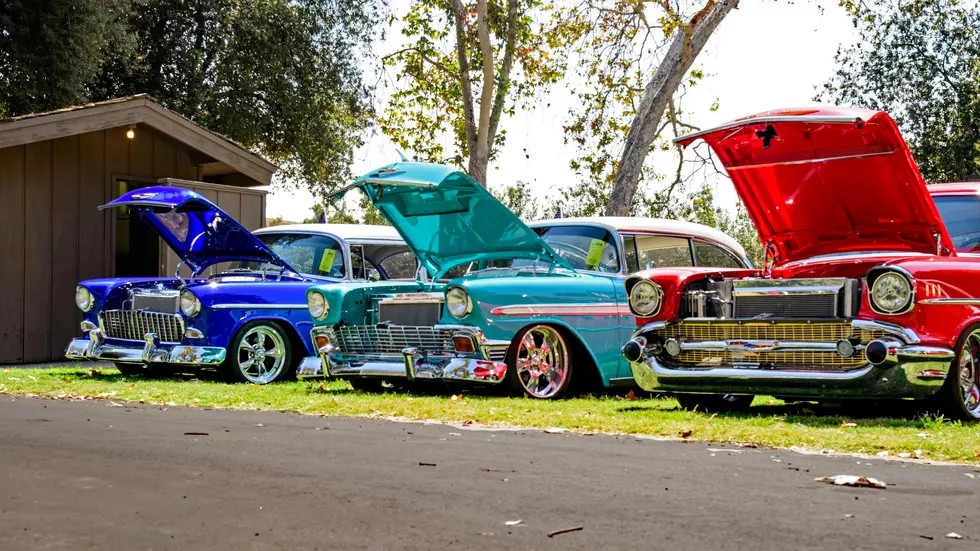
Indiana Department of Resources Warns of Deer Danger While Traveling
While hunters are doing their best to thin out the deer population this year, many of these creatures are meeting their demise by way of speeding motorists on Indiana’s highways and byways. Unfortunately, when unexpected collisions with wildlife happen, it can lead to serious injury – even death.
According to the Indiana Department of Resources, autumn is the peak season for deer-related automobile accidents, with a keen sense of defensive driving being the only way to prevent unfortunate accidents. "Nearly 50 percent of all vehicle accidents involving white-tailed deer occur between October and December, with November by far the worst month," says Chad Stewart, deer research biologist for the DNR.
The good news is deer related accidents are down (15,205) this year in the state of Indiana, which is nearly a 5 percent decrease from 2010. Still, the DNR encourages all motorists to educate themselves about the habits of these unpredictable animals as a means for staying safe this holiday season.
Below are some interesting facts and advice to consider when traveling:
- Fall is when motorists are most likely to strike a deer.
- Between sunset and sunrise is when deer are most active.
- Deer like to travel in groups. One typically means more are nearby.
- Pay extra attention in places where you have spotted deer before.
- Using your high-beams is a great way to scan for the illuminated eyes of deer.
- Even if the deer is far away, your best advice is to slow your speed drastically. Remember, more deer could be close by.
- Be super cautions around woodlot edges, hills and blind turns.
- Do not swerve to avoid hitting a deer. Most serious accidents happen as a result of someone swerving to hit the deer and hitting something else instead.
- Pay close attention to deer crossing signs.
- If you hit a deer, do not approach it unless you are sure it is dead. While the last thing a deer wants is to harm you, their hooves are sharp and extremely strong.


